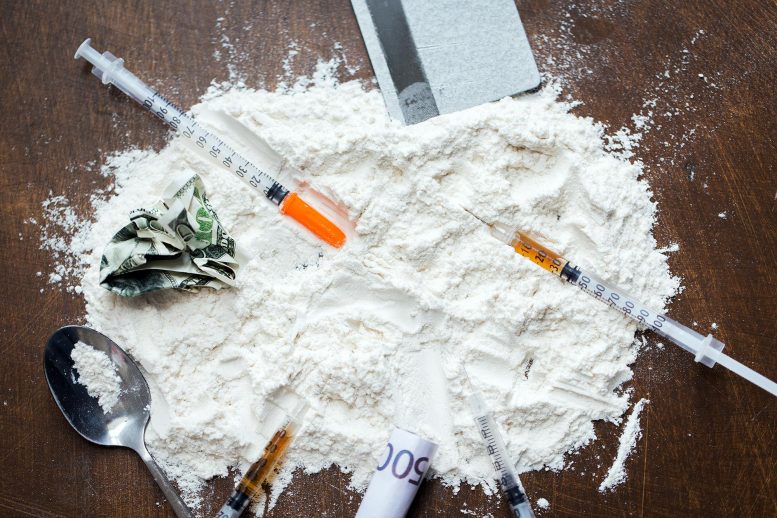
A seven-year project monitoring illicit drug use in 37 countries via wastewater samples shows that cocaine use was skyrocketing in Europe in 2017 and Australia had a serious problem with methamphetamine.
A seven-year project monitoring illicit drug use in 37 countries via wastewater samples shows that cocaine use was skyrocketing in Europe in 2017 and Australia had a serious problem with methamphetamine.
In a paper released today (October 23) in Addiction, researchers from 41 international institutions released their findings after analyzing sewage samples from 60 million people between 2011 and 2017, the largest wastewater-based study undertaken in the world.
University of South Australia chemist Dr. Richard Bade — one of the lead authors — says Adelaide, Canberra, and Toowoomba were the three Australian cities monitored among 120 cities worldwide.
In 2017, Adelaide’s wastewater was monitored for a week, revealing between 507 and 659 milligrams of methamphetamine per 1000 people each day. In contrast, both Canberra and Toowoomba recorded levels of between 271-331 milligrams of methamphetamine.
Canberra and Toowoomba were also monitored in 2014 and 2015, showing a 170 percent increase in methamphetamine use in both cities in a three-year period. Adelaide was only monitored once.
Historically, Adelaide and Perth have had the highest levels of methamphetamine in Australia. However, since the data in this paper was collected, through sustained targeted campaigns, authorities have succeeded in reducing the rate of use in Adelaide by almost half.
Researchers mapped the global use of four illicit drugs in their study — amphetamine, methamphetamine (also known as ‘ice’), ecstasy, and cocaine — but the first three years were confined to European cities while from 2014 onwards, cities in Australia, New Zealand, Colombia, Martinique, Canada, the US, South Korea, and Israel were monitored.
The results showed a worrying trend of drug use across the world:
- From 2011-2017, cocaine levels were highest in London, Bristol, Amsterdam, Zurich, Geneva, St Gallen, and Antwerp, with levels of between 600-900 mg/1000 people per day recorded. Overall, cocaine use increased by nearly 13 percent over five years.
- Amphetamine loads were highest in Belgium, The Netherlands, and across northern European countries, including Swedish cities and Reykjavik in Iceland.
- The amount of methamphetamine (ice) excreted in Australasia and North America was huge, far exceeding levels in eastern Europe, which was at the time still considered high with average levels of more than 150 mg/1000 people per day. Adelaide, in contrast, recorded levels above 600mg.
- The Netherlands recorded the highest mass loads of ecstasy over the seven years of the study, although increases were also reported in cities like Helsinki, Oslo, Amsterdam, Brussels, and Barcelona.
The cities with the highest overall drug levels in Europe include Antwerp, Amsterdam, Zurich, London, and Barcelona, while at the other end of the scale, cities in Greece, Portugal, Finland, Poland, and Sweden have the lowest rates of drug use.
Outside Europe, Medellin (Colombia), Adelaide, and the US city of Seattle all recorded relatively high drug levels, although Medellin’s figures were mainly due to cocaine while Adelaide and Seattle have very high levels of methamphetamine. The study showed an 85 percent increase in methamphetamine seizures in Europe between 2012 and 2016, from 13,000 to 24,000. Figures from Australia are not available.
Dr. Bade, an analytical chemist in UniSA’s School of Pharmacy and Medical Sciences, says methamphetamine use is linked to several health conditions, including mental disorders, elevated heart rates, and domestic violence.
“It’s important we determine the scale of the illicit drug market so that countries can work out the best way to tackle a $100 billion industry, which is contributing to the global burden of disease and affecting the economic development of many countries,” he says.
Reference: “Spatio-temporal assessment of illicit drug use at large scale: evidence from 7 years of international wastewater monitoring” by Iria González-Mariño, Jose Antonio Baz-Lomba, Nikiforos A. Alygizakis, Maria Jesús Andrés-Costa, Richard Bade, Anne Bannwarth, Leon P. Barron, Frederic Been, Lisa Benaglia, Jean-Daniel Berset, Lubertus Bijlsma, Igor Bodík, Asher Brenner, Andreas L. Brock, Daniel A. Burgard, Erika Castrignanò, Alberto Celma, Christophoros E. Christophoridis, Adrian Covaci, Olivier Delémont, Pim de Voogt, Damien A. Devault, Mário J. Dias, Erik Emke, Pierre Esseiva, Despo Fatta-Kassinos, Ganna Fedorova, Konstantinos Fytianos, Cobus Gerber, Roman Grabic, Emma Gracia-Lor, Stefan Grüner, Teemu Gunnar, Evroula Hapeshi, Ester Heath, Björn Helm, Félix Hernández, Aino Kankaanpaa, Sara Karolak, Barbara Kasprzyk-Hordern, Ivona Krizman-Matasic, Foon Yin Lai, Wojciech Lechowicz, Alvaro Lopes, Miren López de Alda, Ester López-García, Arndís S. C. Löve, Nicola Mastroianni, Gillian L. McEneff, Rosa Montes, Kelly Munro, Thomas Nefau, Herbert Oberacher, Jake W. O’Brien, Reinhard Oertel, Kristin Olafsdottir, Yolanda Picó, Benedek G. Plósz, Fabio Polesel, Cristina Postigo, José Benito Quintana, Pedram Ramin, Malcolm J. Reid, Jack Rice, Rosario Rodil, Noelia Salgueiro-González, Sara Schubert, Ivan Senta, Susana M. Simões, Maja M. Sremacki, Katarzyna Styszko, Senka Terzic, Nikolaos S. Thomaidis, Kevin V. Thomas, Ben J. Tscharke, Robin Udrisard, Alexander L. N. van Nuijs, Viviane Yargeau, Ettore Zuccato, Sara Castiglioni and Christoph Ort, 23 October 2019, Addiction.
DOI: 10.1111/add.14767
The University of South Australia and the University of Queensland were the only Australian institutions involved in the study, led by the SCORE group (Sewage analysis CORe group Europe).



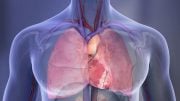
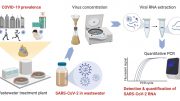
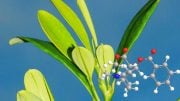

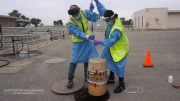

Be the first to comment on "Wastewater Analyzed to Map International Drug Use – Here Are the Shocking Results"